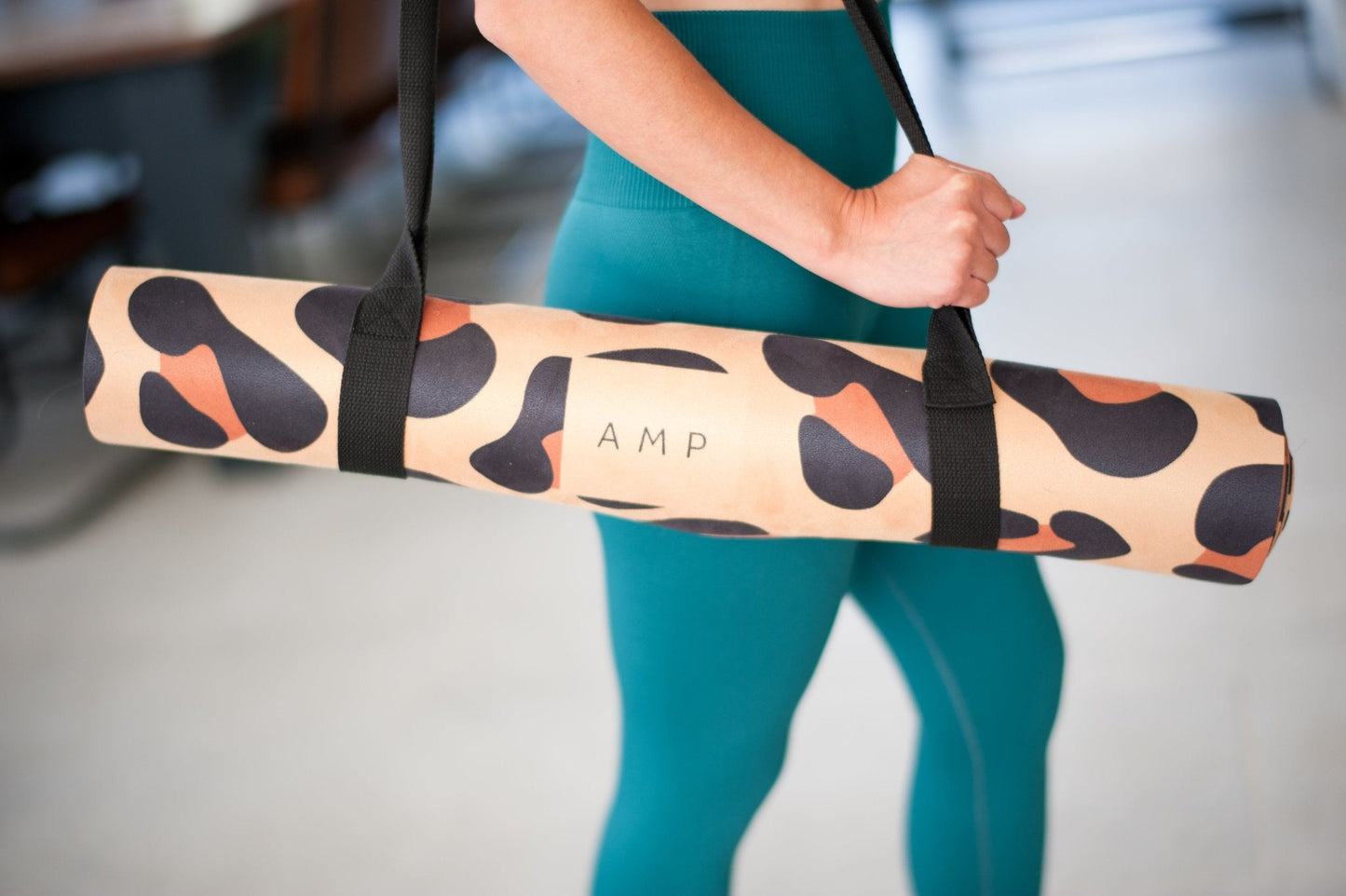Keeping your child healthy and strong means balancing a good diet and enough physical activity. Exercise supports growth, posture and joint health — especially in developing years.
Luckily, children love yoga’s unique movements since they can explore just how extraordinary their bodies are. Kids’ yoga positions are often inspired by animals or familiar objects, making them easy to remember and fun to try.
Physical movement is vital for children to develop fully functioning bodies. The World Health Organization recommends that kids get at least 60 minutes of moderate to high-intensity exercise daily. However, only 24% of 6- to 17-year-olds achieve this goal.
Here are the best introductory yoga postures to get your child moving.
1. Criss-Cross Applesauce Seated Pose
Undo hours of sitting at a desk in a classroom and improve children's spinal pressure and posture with this seated pose.
Slouching can increase spinal stress by 113%, causing severe back pain. Advise your child to:
- Sit on the floor, find your seat bones and place your weight over them.
- Cross your legs, positioning your knees to touch the ground.
- Raise your arms to place your palms together in front of your heart or over your head like a lamp.
- Hold for five seconds.
Tip: If your child struggles to cross your legs, have them move their feet further forward until they can.
2. Ships Ahoy
The boat pose is easy, strengthening the core while improving balance. Advise your child to:
- Slide your ankles forward more from the seated pose until your legs are straight.
- Move your arms forward until they are level with the floor.
- Rock back on your tailbone and raise your legs a few inches off the floor.
- Hold for five seconds.
Tip: Have your child tighten their stomach muscles to raise their legs.
3. The Cobra
The snake posture is fun for kids and has impressive health benefits. It reverses the damage of sitting hunched over schoolwork. Advise your child to:
- Lie on your stomach on the floor.
- Point your toes down as you slide your hands up along the ground until they are below your shoulders, palms down.
- Raise yourself on your hands, keeping your lower body on the ground. Arch your back upwards and back, letting your head hang until you look like a cobra ready to strike.
- Hold for three seconds, exhale and lower yourself back to the ground. Rest a moment, then repeat four more times.
Tip: Kids who struggle to lift themselves can place their hands further away from their body while staying in line with their shoulders.
4. The Whale
Here’s a fun position to try. It’s excellent for stretching stomach muscles and opening the chest. Advise your child to:
- Exhale from the cobra and lie still for a few moments. Bend your knees as you bring your heels to your buttocks.
- Fold your hands toward your hips, raising them backward to grab your ankles.
- Raise your chest upward, pulling your head toward your feet.
- Rock forward and backward like a little boat or whale in the ocean if you can.
Tip: If your child can’t grab their ankles, tie old socks to them. Have them pull the socks a bit closer each time.
5. The Butterfly
The popular butterfly pose is ideal for opening hips and increasing flexibility. Long periods of sitting decrease hip mobility by 6.1 degrees. Advise your child to:
Sit on your seat bones with your legs crossed.
Place your hands on your ankles, but as you tip forward, make sure your back stays straight as a table.
Next, let the soles of your feet touch.
Finally, bring your hands to your knees, raising and lowering your knees like butterfly wings.
Tip: If your kid can’t get their feet together, move them away from their body until they can.
Each time they practice, they can press their knees a little bit closer to the floor.
Help Your Kids Make the Most of Yoga
Adding yoga to your kid’s daily physical routine helps improve their focus, breathing and spinal health, which supports their overall well-being. Encourage your child to try these five easy postures, increasing their range and reach every time until they feel comfortable. Before long, they’ll be confident in their ability to strike a pose!































